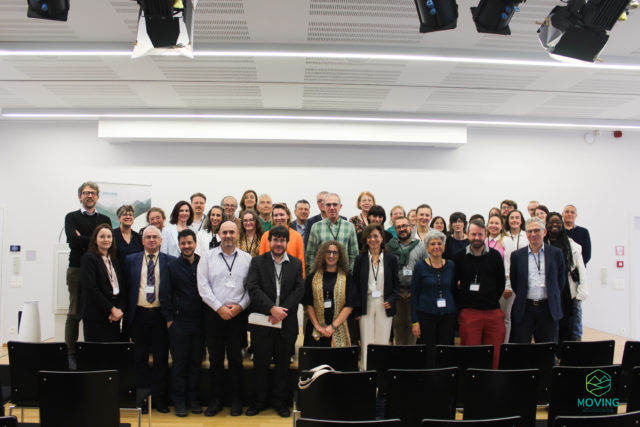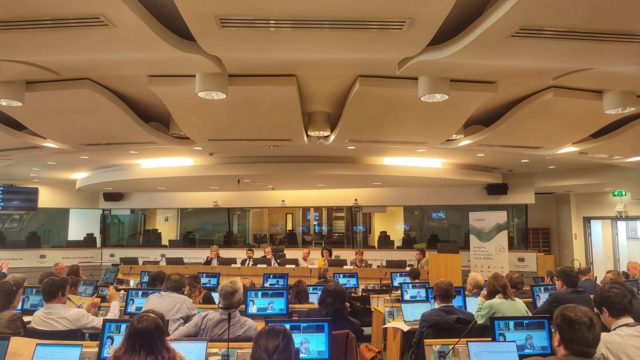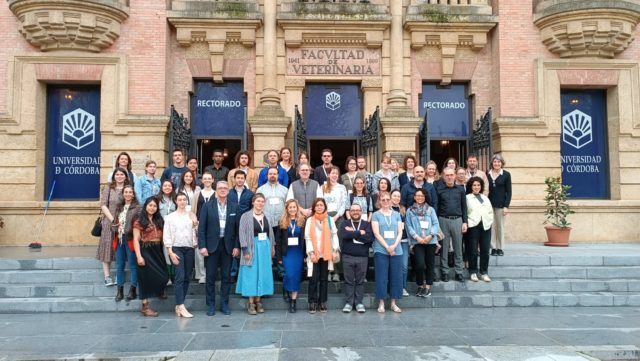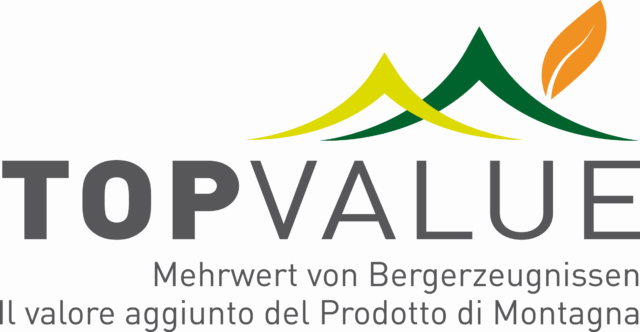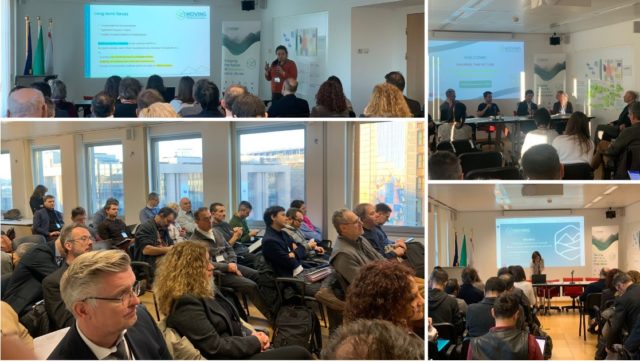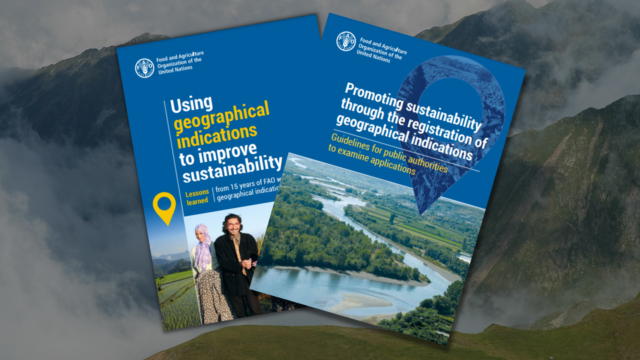
Drawing on the success of the Geographical Indication (GI) system for wine, spirit drinks and agricultural products, in April 2022, the European Commission (EC) published a proposal for a regulation establishing for the first time an EU-wide protection system for crafts and industrial (CI) products with a geographical indication. This system covers a wide range of products, including natural stones, woodwork, jewellery, textiles, lace, cutlery, glass, porcelain, and hides and skins.
Following an informal interinstitutional agreement reached last spring, the European Parliament approved this proposal and also the Council. The new regulation is expected to come into effect two years after its publication in the EU Official Journal.
This legislative proposal addresses the lack of a common EU legal framework for non-agricultural GIs. So far, the heterogeneity of national systems, if any, and the lack of mutual recognition, weakened the potential of these products. Particularly, most of these manufactures originate in rural areas, thus representing an opportunity for the growth and development of their territories of origin.
A 2019 study conducted by the European Parliamentary Research Service (EPRS) estimated that the introduction of EU-wide GI protection for crafts and industrial products would have had a positive effect on trade, employment and rural development over approximately 20 years after its implementation. Such a protection scheme would have yielded an overall expected increase in intra-EU trade of about 4.9-6.6 % of current exports (€37.6-50 billion) in the more relevant sectors; a rise of 0.12-0.14 % in regional-level employment, and the creation of around 300 000 new jobs across the EU. Additionally, it is expected to contribute to rural development by supporting high-quality local producers, diversifying rural economies (e.g. through tourism), and enabling local producers to organise collectively.
Furthermore, the newly approved EU-wide system will grant these products protection under EU trade agreements, a benefit previously reserved for agricultural GI products. This development was a crucial step following EU adhesion to the Geneva Act of the Lisbon Agreement on Appellations of Origins and Geographical Indications, a treaty administered by the World Intellectual Property Organization (WIPO).
The new regulation builds upon the existing GI system for agricultural products, but it is tailored to the specificities of craft and industrial products. It will cover Protected Geographical Indications (PGI), which may be labelled, on a voluntary basis, with the same EU logo currently used for EU agri-food PGIs.
It will foresee a two-step registration process, involving the national level and then the EU level through the EU Intellectual Property Office (EUIPO). Member states can choose to establish a national registration authority or delegate the process to the EUIPO.
National authorities will perform controls and make sure products are placed on the market in accordance with their product specifications. This will also apply to goods sold online.
Concerning controls, the system provides for certification bodies, as it is the case for agri-food GIs, but it also introduces the novelty of a self-declaration, which producers should submit to the competent authority before placing the product on the market. This should be done to demonstrate the compliance of their product with the products specification.
In addition, this regulation includes robust protection rules, mirroring those existing for agricultural GIs. It addresses issues under discussion in the agri-food GIs revision process concerning online platforms and the powers and responsibilities on protection given to producer groups.
To conclude, always likewise the proposed revision on agri-food GIs, sustainability aspects are taken into account in the new regulation, through a voluntary and flexible approach. In fact, the possibility for producer groups to agree on sustainability undertakings is included.
This should be conceived as first step for a totally new system, in order to avoid a standardisation of sustainability or a unique approach to it, since each value chain has its own specificities and the diversity of the products and organisations for CI GIs will have to be taken into account.


